Students invited to help select potential targets for the world’s cutting-edge space observatory
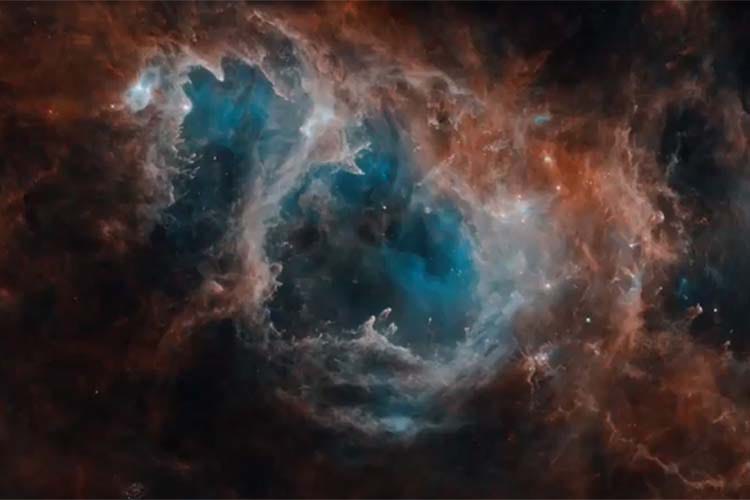
https://www.youtube.com/watch?v=iLceTjQmBsA&feature=youtu.be
The Institute for Research in Schools (IRIS) has opened registration for a new project in partnership with the Science and Technology Facilities Council’s UK Astronomy Technology Centre in Edinburgh that will allow students across the UK to gain experience in and contribute to real science.
Due to begin in September 2018 the project will involve identifying potential targets for the James Webb Space Telescope, which has been described by NASA as the world’s premier science observatory for the next decade. Scheduled for launch on an Ariane 5 rocket from French Guiana in early 2021, Webb will help astronomers understand more about how planets, stars and galaxies formed and evolved.
Webb’s unprecedented infrared sensitivity will allow scientists to explore massive clouds of cosmic dust to better understand how the materials around and within us are formed and spread through space.
We know that – at a chemical level – most of the materials around us were formed by stars living, dying and colliding with each other. However, there are still many questions as to how these elements are made and distributed throughout galaxies like our own Milky Way. By looking at a plot of how much light a star gives off at different wavelengths (a spectrum) and looking for tell-tale features (bumps, dips and wiggles) researchers can determine the amount and different type of elements in cosmic dust to help us identify how the materials were created and distributed over the history of the Universe.
In this project students will be analysing spectral data from a previous mission – the Spitzer Space Telescope – which has observed over thirteen thousand point sources. Astronomers and education staff from the UK ATC have worked with IRIS to develop a classroom activity in which students examine and classify this rich collection of existing data. The ultimate goal is for students to collaborate with UK ATC astronomers on the selection of potential targets for Webb and the development of an observing proposal which makes the scientific case for pointing the huge space observatory at these objects.
Like many of the IRIS collaborations, this project will help professional researchers to go through vast amounts of information that would otherwise take years.
The resulting work will be used to not only identify potential targets for Webb, but will also produce the first fully classified catalogue of these sources, which is expected to be of scientific value in its own right.
Schools that are interested in taking part are encouraged to email IRIS.
The project officially launches on the 19th September 2018 at Larbert High School.
About The Science and Technology Facilities Council (STFC): One of Europe’s largest multidisciplinary research organisations. It funds and supports research in particle and nuclear physics, astronomy, gravitational research and astrophysics, and space science. STFC operates a network of five national laboratories including the world-class ISIS pulsed neutron source and the Central Laser Facility, and is the majority shareholder in the Diamond Light Source synchrotron. STFC also manages UK membership of major international research organisations including CERN, the Institut Laue Langevin, European Synchrotron Radiation Facility (ESRF), Square Kilometre Array and the European Southern Observatory (ESO). STFC is part of UK Research and Innovation.
About UK Astronomy Technology Centre: STFC’s UK Astronomy Technology Centre (UK ATC) is the national centre for astronomical technology. The UK ATC designs and builds instruments for many of the world’s major telescopes. It also project manages UK and international collaborations and its scientists carry out observational and theoretical research into questions such as the origins of planets and galaxies.
About The Institute for Research in Schools (IRIS) is a charity which launched in 2016 where research is a key element of learning STEM such that both teachers and students are contributing valued members of the Scientific Community. IRIS makes cutting edge research projects open to school students and their teachers so that they can experience the excitement and challenge of science. It makes data accessible to schools, providing teacher training and resources, and lends out scientific research equipment. IRIS collaborates with many Universities, research institutes and industries with a view to showing how young people can contribute to science and be inspired alongside their teachers at the same time.
About Larbert High School: The current holders of the ENTHUSE Award for STEM Secondary School of the Year. They are also the 2017 TES Education Awards STEM Team of the Year. In 2015 they won the inaugural STEM School of the Year at the Scottish Education Awards and this was the catalyst for developing their innovative approach to STEM education. They have developed sector-leading STEM initiatives and have attended and delivered a wide range of STEM CPD events. This has made an immeasurable contribution to their pupils’ learning experiences and their achievement in STEM subjects. They deliver an extensive range of wider-achievement opportunities. The development of their STEM Academy programme, the planning and implementation of their state-of-the-art STEM Campus, partnership-working with their STEM Advisory board and the incredible dedication and collegiate working of their staff have been central to their success. Their curriculum structure focuses heavily on developing skills for learning, life and work and support pupils to find pathways to positive destinations into STEM careers.




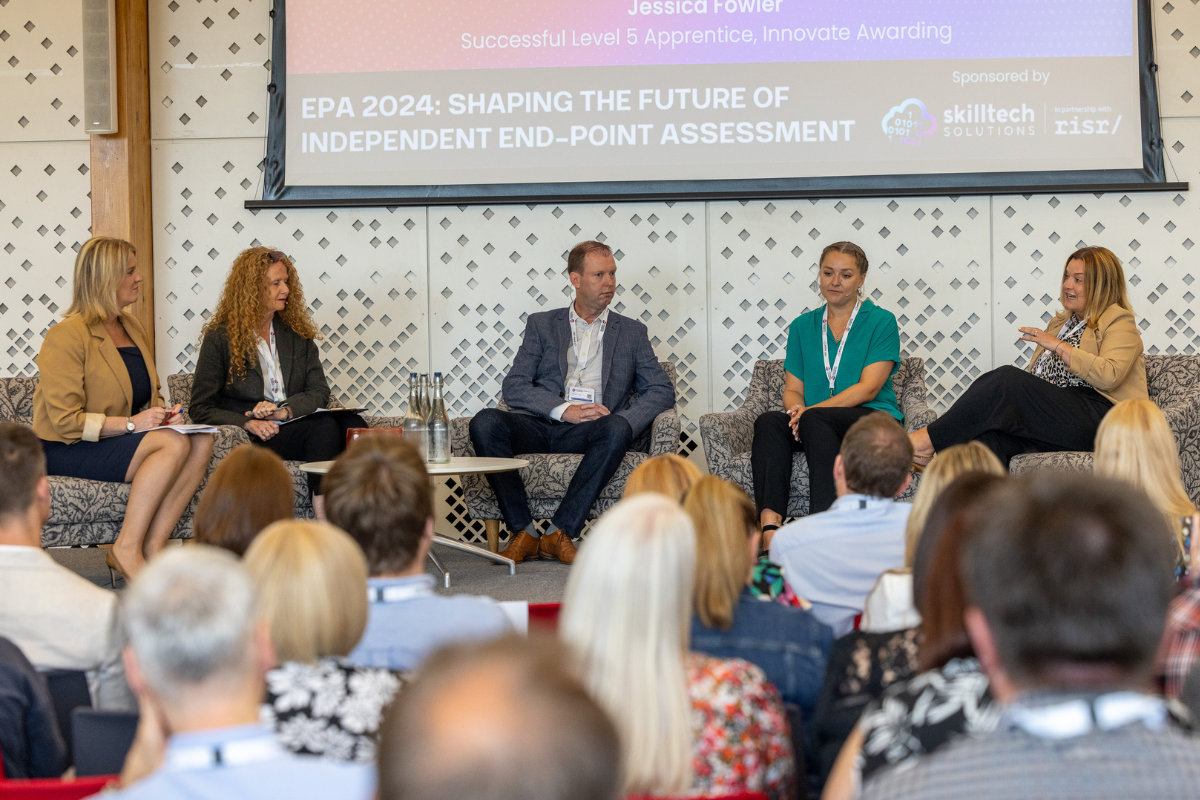
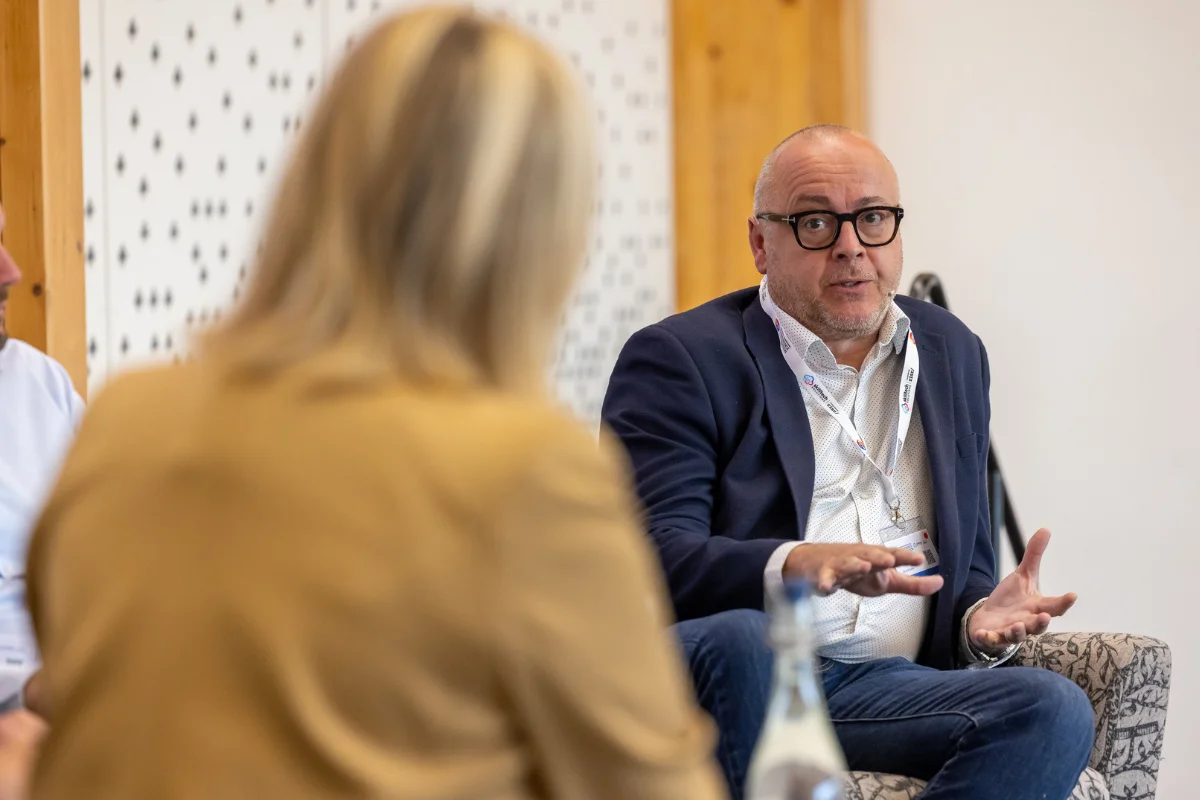
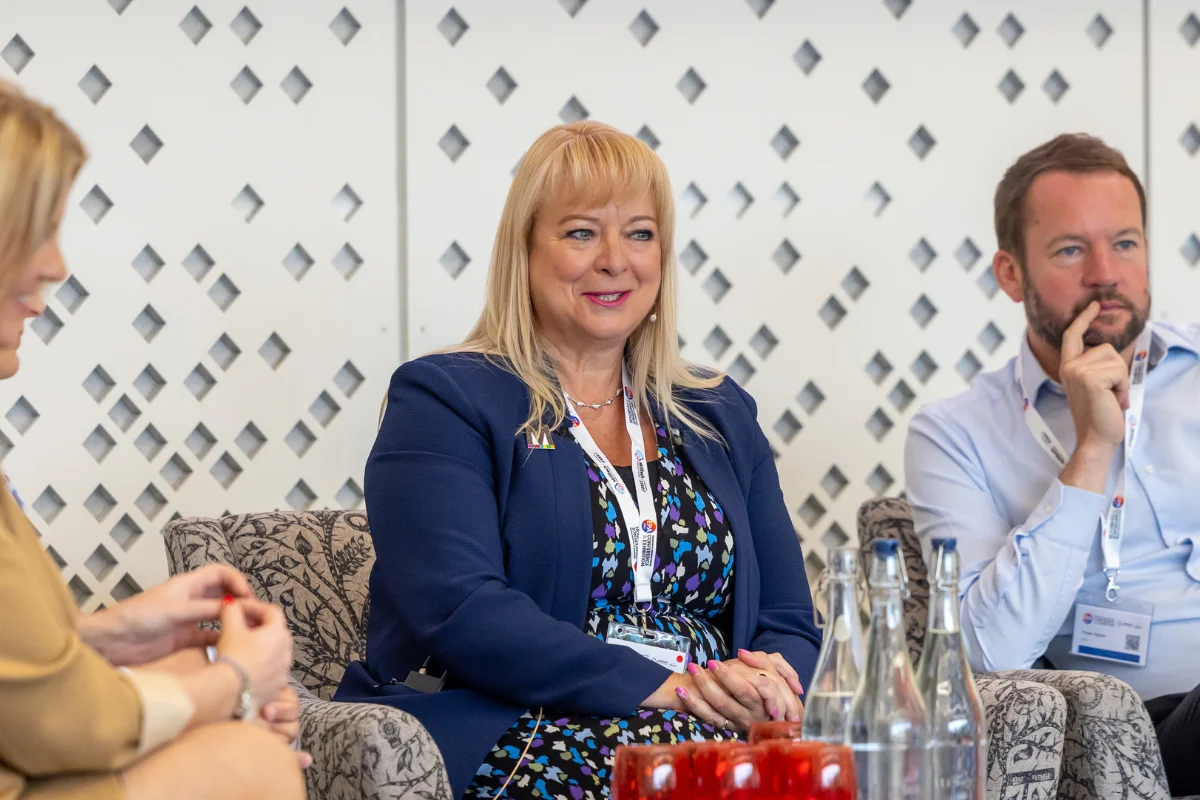
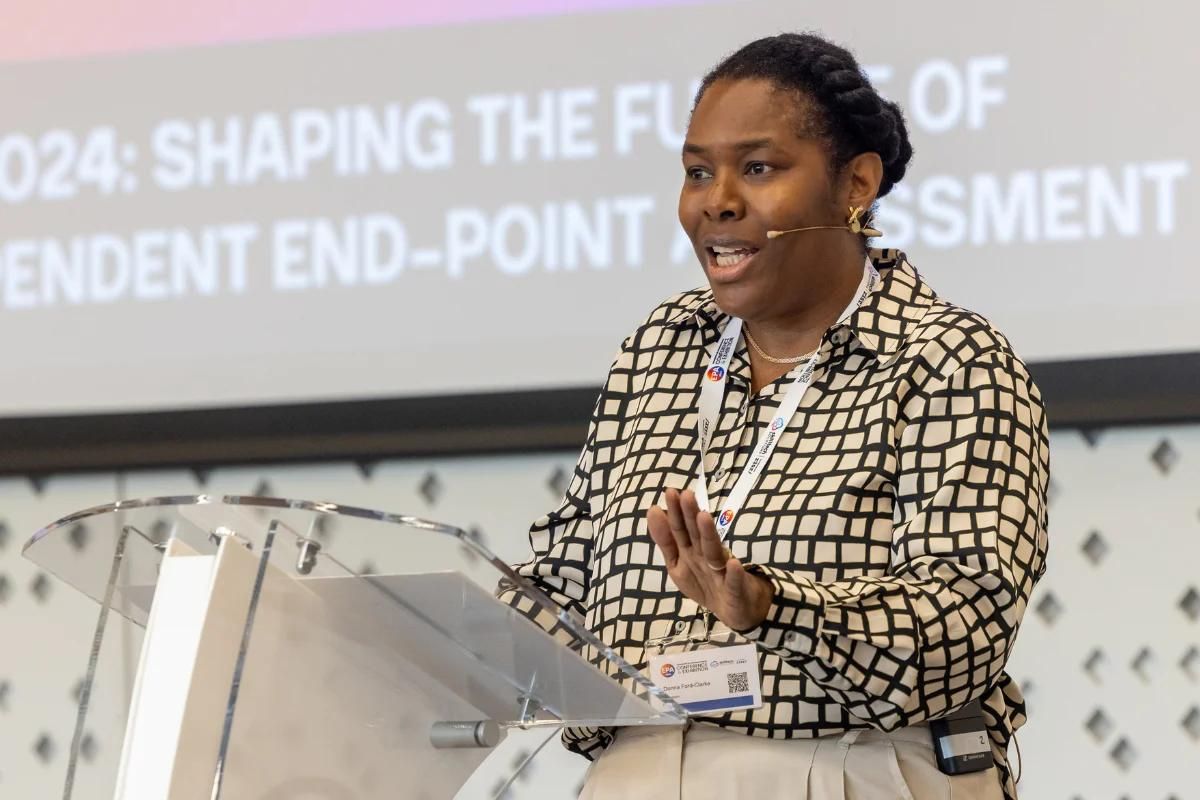
Responses